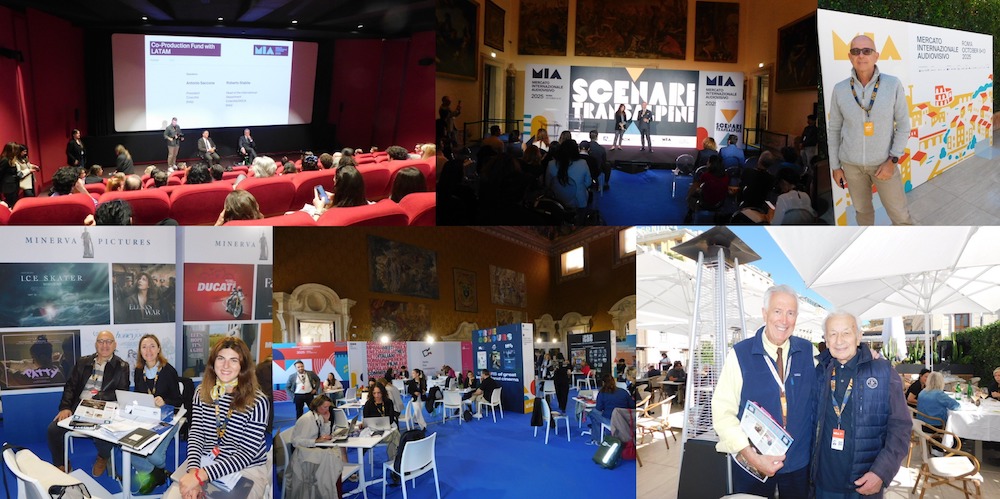Out of the 48 conferences at the MIA market, currently underway in Rome, the two that most accurately reflected the state of the Italian entertainment industry were: “Italian Cinema at the Crossroads” and the “New Challenges and Opportunities for the Italian Market,” both of which were held on Monday, October 6, the first day of the five-day event.
Perhaps the Italian International Audiovisual Market, now in its 11th year, is flashing warning lights about the state of the Italian entertainment sector. The event (held at the Barberini Palace) is organized by the Italian producers’ association, APA, and the Italian film association, ANICA — entities that are well aware of the issues discussed at the conferences.
And, indeed, the Italian film-TV sector is facing many challenges, and its current state is not a healthy one. Take, for example, Italy’s two main players: RAI and Mediaset. Their presence at MIPCOM, the world’s largest TV trade show for content, will be minimal and devoid of any promotion.
According to a veteran Italian TV executive (who doesn’t want to be named) in attendance at MIA, “Mediaset has rarely produced content for the international market, RAI has reduced production budgets, and many Italian production companies produce for streaming platforms, which do not leave any distribution rights to the producer.”
Italian television viewership is also dropping. According to the Milan-based research company Studio Frasi, the Italian broadcast TV audience dropped by 7.7 percent since last year. And, interestingly, this lost audience did not switch to the streaming channels: for each million viewers lost, streaming gained only 20,000 viewers.
With the creation of MediaForEurope (MFE), bundling Mediaset España, Mediaset Italy, and Germany’s ProSiebenSat1 into one entity, it is expected that international content distribution will be split between Mediaset España for Latin America and ProSiebenSat1’s SevenOne for the rest of the world. MFE is in exclusive talks on the purchase of a relevant stake in the Paco de Arcos, Portugal-based media group Impresa, which owns the SIC TV network, a onetime force in international TV distribution.
Other Italian production and distribution companies (outside of those owned by non-Italian conglomerates) are not faring any better, with RAI, in particular, finding it difficult to sell its content to Latin America, mostly for lack of Spanish-language dubs.
However, Italian prodcos are busy producing for non-Italian companies (despite not retaining distribution rights)—a fact clearly evident here at MIA, which still shows vitality, albeit with reduced intensity compared to past years, when most top-level participants were invited with expenses paid, a practice now discontinued.
Pictured above (top l. to r.): Co-production Fund with LatAm conference; Scenari Transalpini (Over the Alps Opportunities) conference; RAI’s Andrea Portante; TVCO’s Vincenzo Mosca with Minerva’s Monica Ciarli and Bianca Giacalone; one of the many exhibition floors; VideoAge‘s Dom Serafini, Italian film-TV consultant Giuseppe Proietti.


Leave A Comment